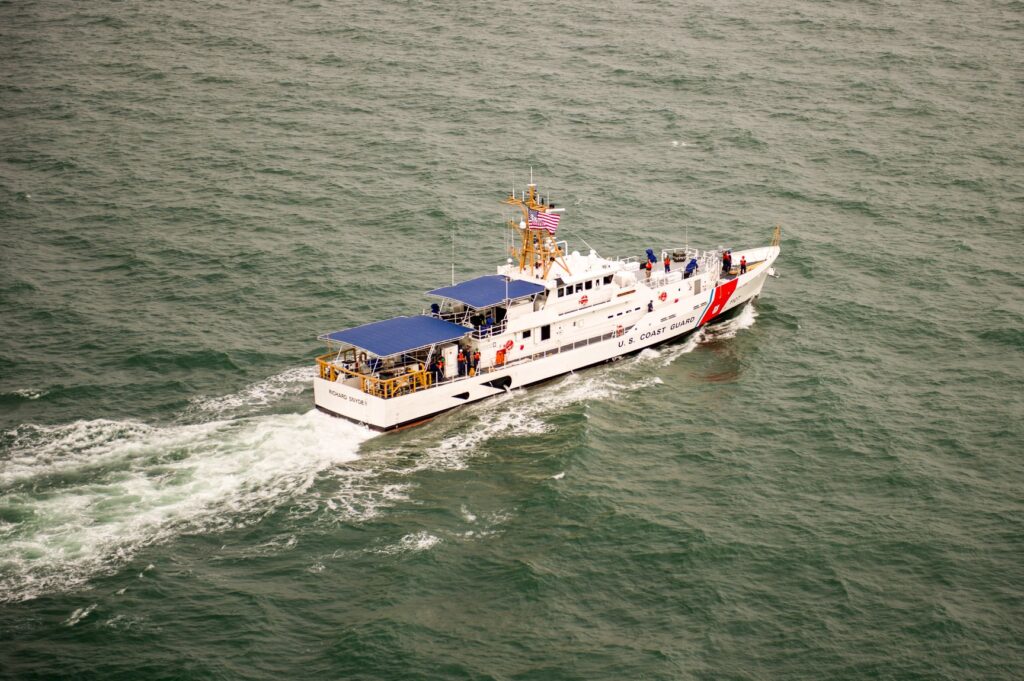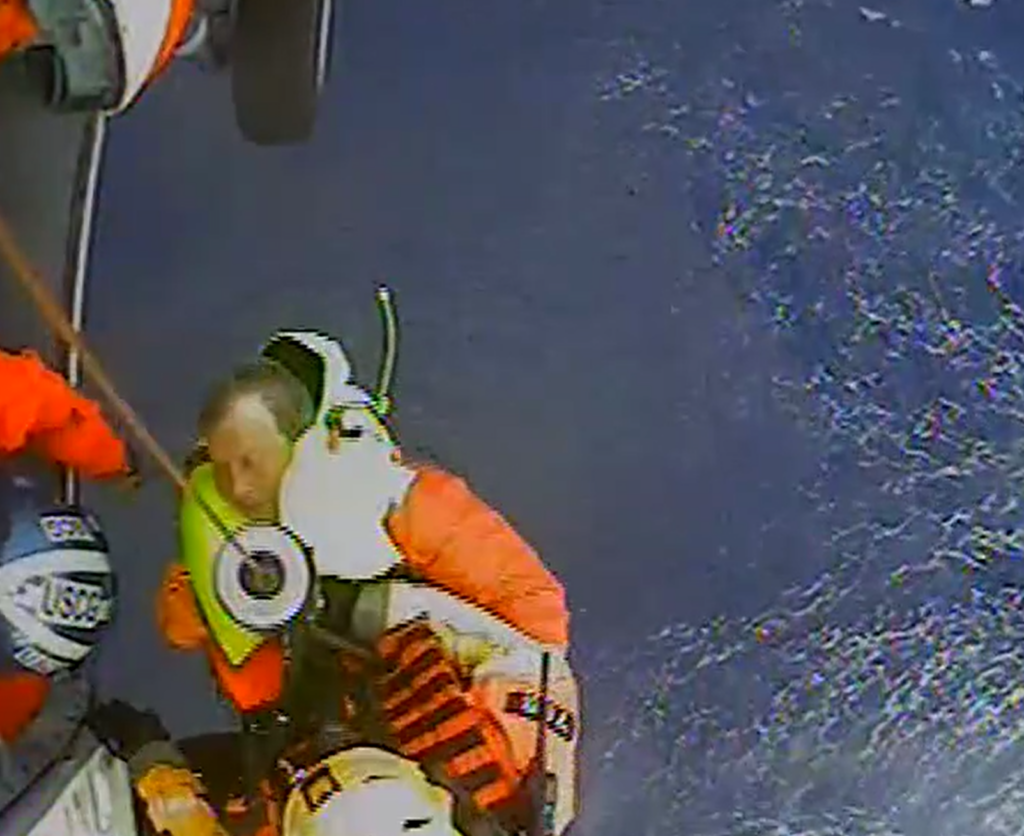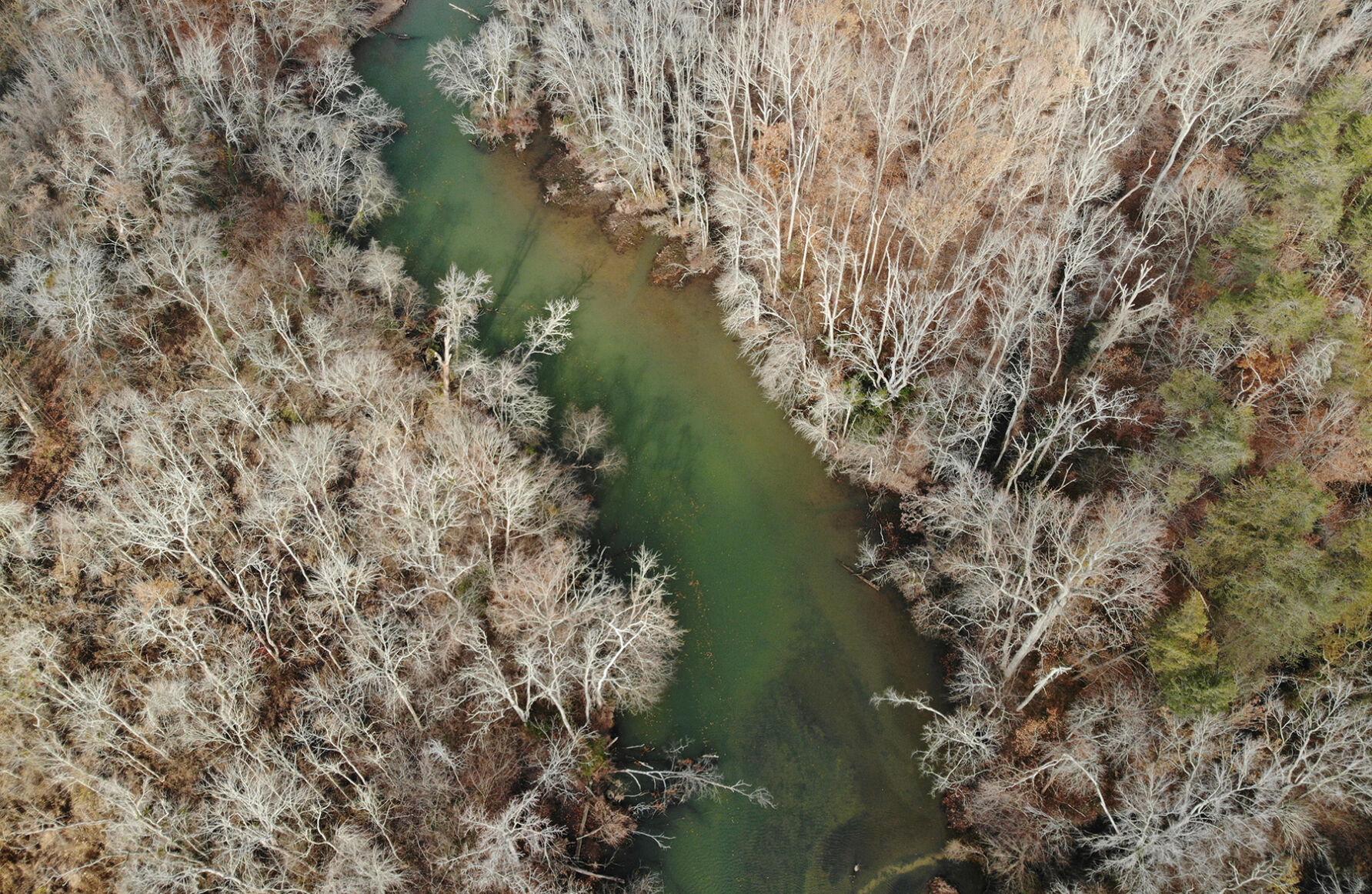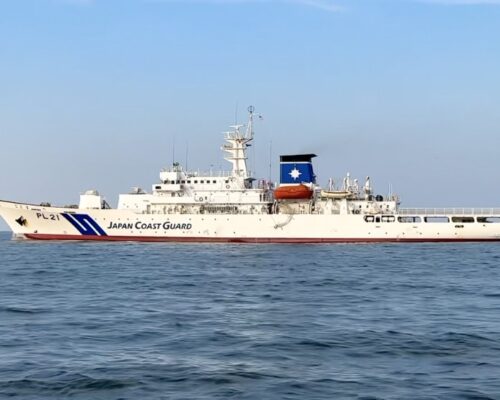It doesn’t look like the kind of sailboat that gets overcome by weather that easily—an ocean-going, 59-foot Beneteau Oceanis that is outfitted for world travel. But that’s exactly what happened just a few days after the vessel left the Chesapeake Bay. A little over 150 miles offshore, her crew was forced to call the Coast Guard for rescue and leave the Austrian-flagged boat behind.
According to Marine Traffic, Time-Aut left Hampton Roads for the Atlantic Ocean on Sunday, Dec. 8. But by Wednesday, Dec. 11, the crew of Time-Aut was caught in heavy weather and the boat was at risk of capsizing. At this point, they were 154 miles southeast of Cape Hatteras. Initially, the crew notified the Coast Guard that they were not in distress, but by early Thursday morning they made the decision to abandon Time-Aut.
The Coast Guard says at the time, the sailors were up against 17-23 mile per hour winds with seas of 6-10 feet. It’s not clear whether there were any other factors or malfunctions contributing to the crew’s need to abandon ship.

The Fifth District Coast Guard Command Center mobilized, sending an an HC-130 Hercules airplane crew and an MH-60 Jayhawk helicopter crew from Coast Guard Air Station Elizabeth City. The 154-foot Coast Guard Cutter Richard Snyder, stationed in Atlantic Beach, North Carolina, also responded.
The Jayhawk crew was able to airlift all three sailors on board. A camera aboard the helicopter recorded the tricky rescue from above the heavy seas:
The sailors were safely hoisted from Time-Aut by 10 a.m. Thursday. No injuries were reported.
According to its website, Time-Aut set out in 2023 to sail around the world taking the “Barefoot Route” via southern France, Balearic Islands, Gibraltar, Madeira and the Canary Islands to the Caribbean, Galapagos, Marquesas, South Pacific and via the Cape of Good Hope back to the Mediterranean.
The Coast Guard notes that the vessel was properly equipped with life jackets, life rafts, an Emergency Position Indicating Radio Beacon (EPIRB), and Starlink communications. That equipment likely made a difference in allowing for their safe and timely rescue.




